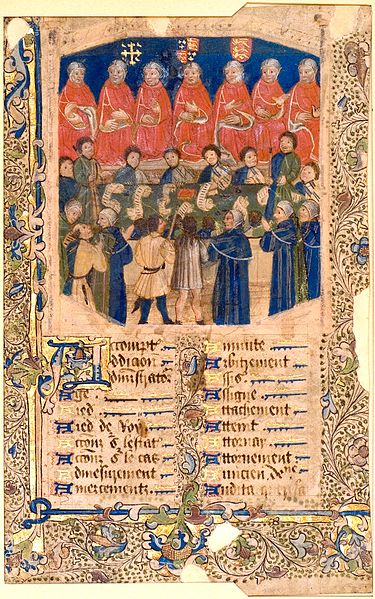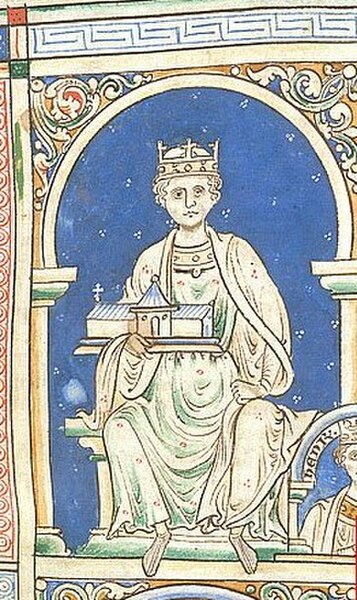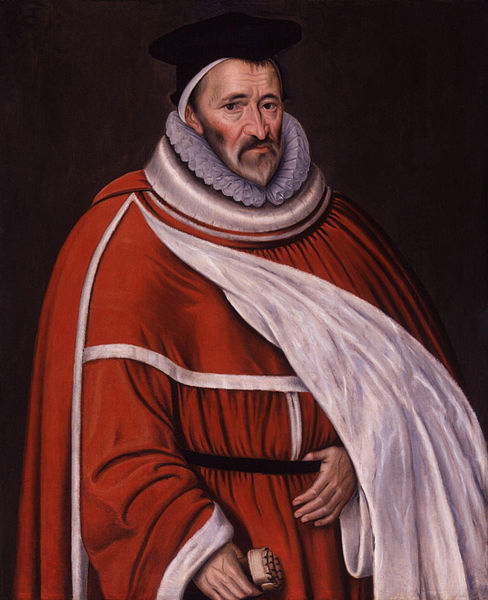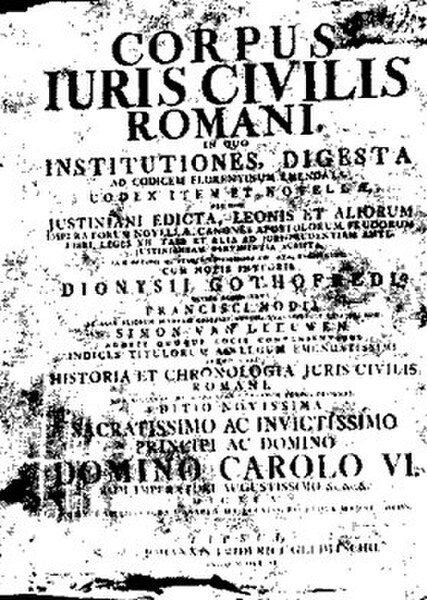Court of Common Pleas (England)
The Court of Common Pleas, or Common Bench, was a common law court in the English legal system that covered "common pleas"; actions between subject and subject, which did not concern the king. Created in the late 12th to early 13th century after splitting from the Exchequer of Pleas, the Common Pleas served as one of the central English courts for around 600 years. Authorised by Magna Carta to sit in a fixed location, the Common Pleas sat in Westminster Hall for its entire existence, joined by the Exchequer of Pleas and Court of King's Bench.
A 15th-century manuscript showing the Court of Common Pleas at work. The image shows pleaders and clients standing in front of seven Justices, and below them, their clerks
Henry II of England, who was originally thought to have created the Court of Common Pleas through a royal decree in 1178
Sir Edmund Anderson, the conservative Chief Justice of the Common Pleas who brought the Common Pleas and King's Bench into conflict over assumpsit.
The Court of Common Pleas in 1822
In law, common law is the body of law created by judges and similar quasi-judicial tribunals by virtue of being stated in written opinions.
A view of Westminster Hall in the Palace of Westminster, London, early 19th century
A 16th century edition of Corpus Juris Civilis Romani (1583)
USCA: some annotated volumes of the official compilation and codification of federal statutes.
The Constitution of India is the longest written constitution for a country, containing 395 articles, 12 schedules, numerous amendments and 117,369 words.








